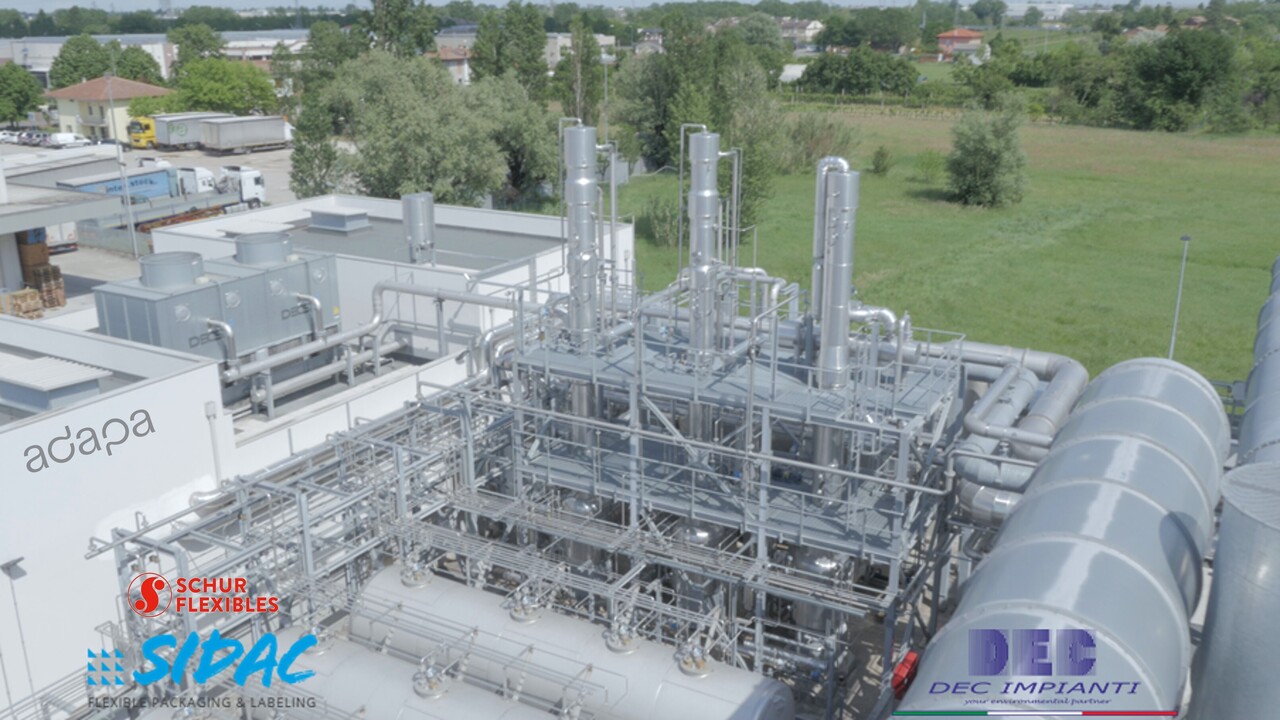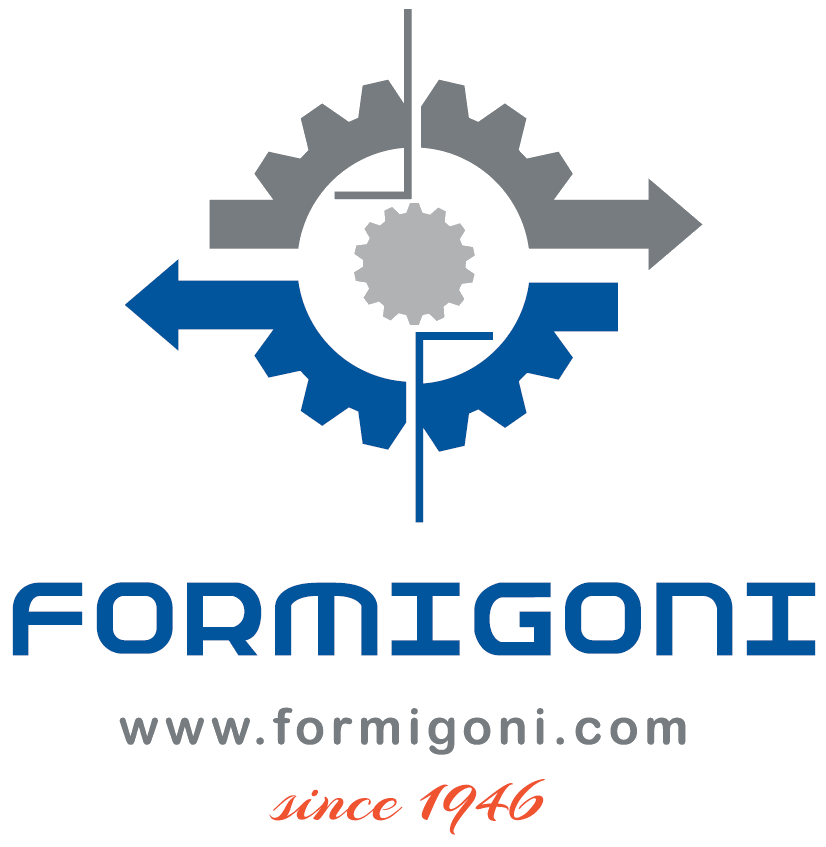
DEC.DST™
distillation systems
Distillation is the most widely-used method of separating fluid mixtures on a commercial scale, it is thus an important part of many processes in the oil and chemical industries.
DEC.DST™ industrial solvent distillation systems are used to separate mixtures of solvents into their individual components: this process is used in a variety of industries, including the packaging, chemical, oil and gas, and pharmaceutical industries.

DEC.DST™ • distillation systems • batch (MPD™) | continuous (SPD™)
The DEC.DST™ distillation systems are coupled with the activated carbon solvent recovery plants, in order to separate the mix of "raw" recovered solvents. If the solvents are soluble (totally or partially) with water, in order to increase the overall efficiency, the use of our dehydration systems may be mandatory, so to remove the residual water content in the raw recovered solvent (coming from the humidity), before feeding the distillation plant.
DEC.DST™ • distillation systems | configuration
The following processes are available (stand-alone or multi-effect configuration):

DEC.DST™ • distillation systems | smart processes & technologies
When facing azeotropic mixtures (an azeotrope is a mixture of two or more compounds that cannot be separated or changed by simple distillation), different configurations of the distillation system shall be applied: some of the azeotropes require a change in the exercise pressure of the distillation system, known as pressure swing distillation (DEC.DST-p™ and/or DEC.DST-v™), while some require an additional solvent, an entrainer, known as extractive distillation (DEC.DST-e™): these processes are known as azeotropic distillation systems. When extractive distillation is the solution, the quantity, cost and availability of the entrainer should be considered. The solvent(s) should be easily separable from the entrainer, and should not react chemically with the components or the mixture fed to the distillation system. Traces of the entrainer, always remain in the distilled product, thus representing a contamination if the solvent shall comply with severe codes (i.e. food contact, tobacco, pharamceutical): in this case, extractive distillation shall not be considered as a valid option.
DEC.DST™ • distillation systems | process simulators
We are equipped with some of the world's most advanced process simulators, with an internal database connected with most famouse Research Institutes & Universities and our own LAB: this approach to get "real" results (and not theoretical ones), when coupled with our extensive experience in engineering these units, will result in "true and realistic" results. The number of the columns, the number of theoretical equilibrium stages (practically, the number of equivalent trays or the height and selection of the structured packing), and the optimization of products are all studied on a case-by-case basis. To be reused in the productive cycle, distilled products must meet many requirements, including purity, efficiency, and energy recovery.
